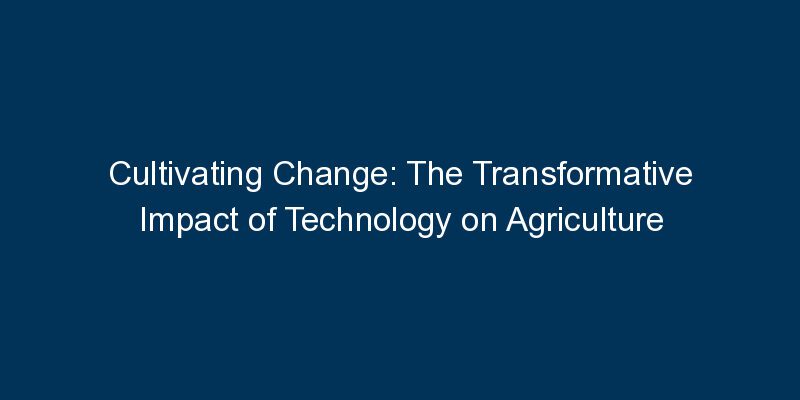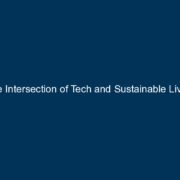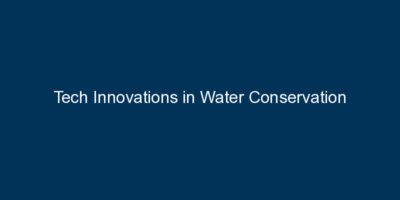In recent years, technology has become a driving force in reshaping the agricultural landscape. From precision farming to data-driven decision-making, this blog explores the profound ways in which technology is revolutionizing agriculture, fostering efficiency, sustainability, and innovation.
Introduction: The Tech Revolution in Agriculture
Digital Transformation in Farming
The integration of technology into agriculture, often referred to as AgTech, marks a shift towards a more data-driven and interconnected farming ecosystem. This digital transformation is reshaping traditional practices and unlocking new avenues for productivity and sustainability.
I. Precision Farming: Optimizing Agricultural Practices
Satellite Imaging and GPS Technology
Satellite imaging and GPS technology enable precision farming by providing farmers with detailed insights into their fields. This data helps optimize planting patterns, monitor crop health, and implement precision irrigation, minimizing resource wastage.
IoT Sensors and Smart Farming Equipment
The Internet of Things (IoT) plays a pivotal role in smart farming. IoT sensors can be deployed across fields to gather real-time data on soil moisture, temperature, and crop health. Smart farming equipment, equipped with sensors and actuators, can automate tasks such as planting, harvesting, and spraying.
II. Big Data in Agriculture: Informed Decision-Making
Data Analytics for Crop Management
Big data analytics processes vast amounts of agricultural data to provide valuable insights. Farmers can make informed decisions regarding crop selection, planting schedules, and resource allocation, optimizing yields and resource efficiency.
Predictive Analytics for Pest and Disease Management
Predictive analytics models analyze historical and real-time data to forecast potential pest and disease outbreaks. This proactive approach enables farmers to implement preventive measures, reducing the need for reactive and often resource-intensive interventions.
III. Vertical Farming and Controlled Environments
Indoor Vertical Farming
Technology is driving the rise of indoor vertical farming, where crops are grown in vertically stacked layers. Controlled environments with LED lighting, precise temperature, and nutrient control optimize growth conditions, allowing for year-round production and minimizing the impact of external factors.
Hydroponics and Aeroponics Systems
Hydroponics and aeroponics are soilless cultivation methods that use nutrient-rich water or mist to deliver essential nutrients to plants. These systems, often integrated with automation and monitoring technologies, enhance resource efficiency and reduce the environmental footprint of agriculture.
IV. Agricultural Drones and Robotics
Field Surveillance with Drones
Agricultural drones equipped with cameras and sensors provide a bird’s-eye view of large fields. Farmers use these drones for crop monitoring, pest detection, and assessing the overall health of crops. The data collected aids in making timely decisions to optimize crop management.
Robotic Farming Equipment
Autonomous or semi-autonomous robotic equipment is increasingly being employed in agriculture. These robots can perform tasks such as weeding, planting, and harvesting with precision, reducing the reliance on manual labor and improving efficiency.
V. Connectivity and Farm Management Software
Cloud-Based Farm Management
Cloud-based farm management software centralizes data and facilitates collaboration among stakeholders. Farmers can access real-time information, monitor crop performance, and streamline administrative tasks, leading to more efficient farm operations.
Blockchain for Supply Chain Transparency
Blockchain technology ensures transparency in the agricultural supply chain. From tracking the origin of produce to verifying certifications, blockchain enhances traceability, fostering trust among consumers and stakeholders.
Conclusion: Nurturing a Tech-Driven Agricultural Future
The intersection of technology and agriculture is cultivating a future where innovation and sustainability go hand in hand. From precision farming and data analytics to vertical farming and robotics, the evolving landscape of AgTech holds the promise of feeding a growing global population while minimizing environmental impact.



















Comments